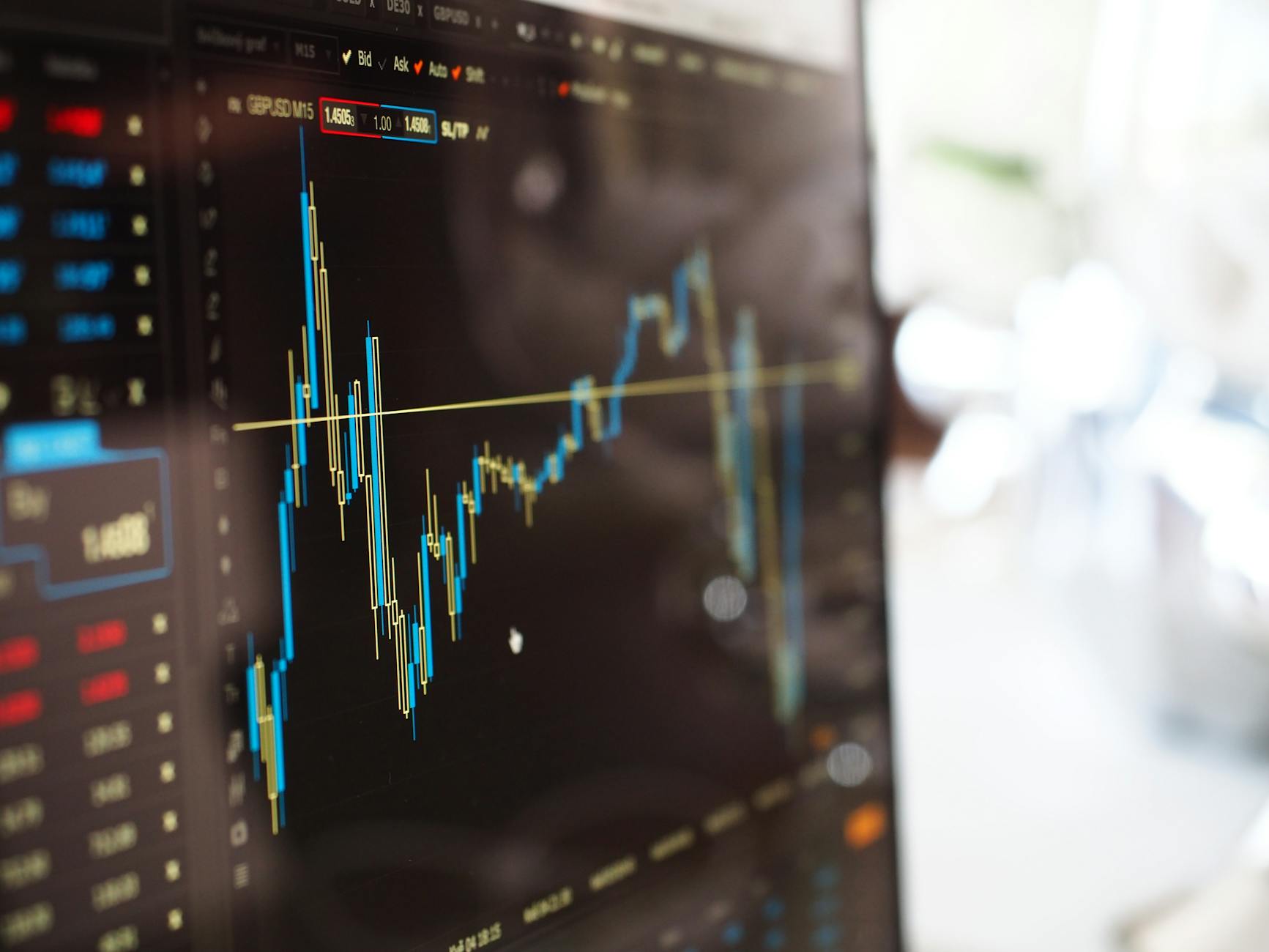The forex market can be unpredictable, yet traders from all skill levels seek the golden question: how can you figure out where the market is headed? While there’s no crystal ball, there are proven strategies and tools that help traders make educated guesses about market trends and movements. In this guide, you'll learn practical techniques to identify the forex market's direction and improve your forecasting accuracy.
Understanding Market Movement
Forex markets don’t move randomly. They operate in three phases: uptrends, downtrends, or sideways markets. Recognizing these phases is essential because it tells you whether the price is climbing, falling, or consolidating within a range. Before we dig deeper into forecasting, let’s lay the groundwork for what these terms mean:
- Uptrend: Prices make higher highs and higher lows.
- Downtrend: Prices make lower highs and lower lows.
- Sideways Trend: Prices bounce between a defined range with no clear direction.
Use Moving Averages for Direction
A simple and widely used tool is the moving average. This calculates the average price over a specific time period, helping smooth out fluctuations to reveal the overall trend.
- How It Works: When the price stays above the moving average, the market is likely in an uptrend. If it remains below, a downtrend may be in play.
- Which One to Choose: Short-term moving averages like the 10-day will react quicker but may show more noise, while longer ones like the 200-day smooth out the bigger picture.

Photo by energepic.com
Spot Trends With Higher Highs and Lower Lows
Price action itself often gives away the story. Look for patterns where prices are either continuously climbing or dropping. Here’s how:
- Uptrends: Watch for higher highs and higher lows. This means the market is gaining momentum.
- Downtrends: Look for lower highs and lower lows. This indicates weakening demand or stronger selling pressure.
For example, if a pair like EUR/USD keeps creating higher peaks and valleys, buyers are leading the charge.
Draw Trend Lines and Use Channels
If you’re more of a visual learner, one of the easiest ways to spot a trend is by drawing trend lines. These lines connect the highs or lows of price movements and provide insight into where the market might be heading.
- Rising trend line: Suggests upward movement.
- Falling trend line: Indicates downward movement.
- Channels: When prices trade within two parallel lines, the market may be trending or moving in a range.
Always draw these lines carefully and adjust as new data emerges.
Pay Attention to Economic Events
The forex market doesn’t move in isolation. Economic events like interest rate decisions, employment reports, and inflation data can swing the market in a new direction. To anticipate these movements:
- Use an economic calendar. This lists major events that could influence forex pairs.
- Track news releases to see how traders are reacting. Are they buying or selling based on expectations?
For instance, a positive GDP report from the U.S. might push USD higher, while disappointing data could send it lower.
Sentiment Analysis: Bulls vs. Bears
Sentiment analysis measures whether traders are feeling bullish (expecting prices to rise) or bearish (expecting prices to fall). You can gauge sentiment by:
- Observing the ratio of long vs. short positions in the market.
- Tracking market volume to see if activity supports the price movement.
If the majority of traders are going long on a pair, it’s a sign they expect an uptrend.
Indicators to Confirm Trends
Using indicators in your trading strategy can bolster your confidence. Some reliable ones include:
- MACD (Moving Average Convergence Divergence): Identifies the momentum and possible trend reversals.
- RSI (Relative Strength Index): Measures if the market is overbought or oversold, helping time entries within a trend.
- ADX (Average Directional Index): Helps confirm trend strength.
These aren’t foolproof tools, but when used together, they can validate your predictions and provide a safety net.
Test on a Demo Account
Before applying your strategies in the live market, use a demo account to practice. It’s a risk-free way to refine your technique and gain confidence in identifying trends.
When you’re analyzing charts, ask yourself:
- Is the price forming a clear pattern (uptrend, downtrend, or sideways)?
- Are my tools in agreement, like MACD aligning with RSI?
- Is there a major news event that could disrupt what I’m seeing?
Conclusion
Knowing which way the forex market is going isn’t a guessing game—it takes careful analysis and the right tools. By understanding trends, using indicators, and staying tuned in to economic events, you’ll build the skills to interpret market movements like a pro. Keep practicing, stay patient, and remember: no single method works 100% of the time. The key is consistency and being adaptable.
